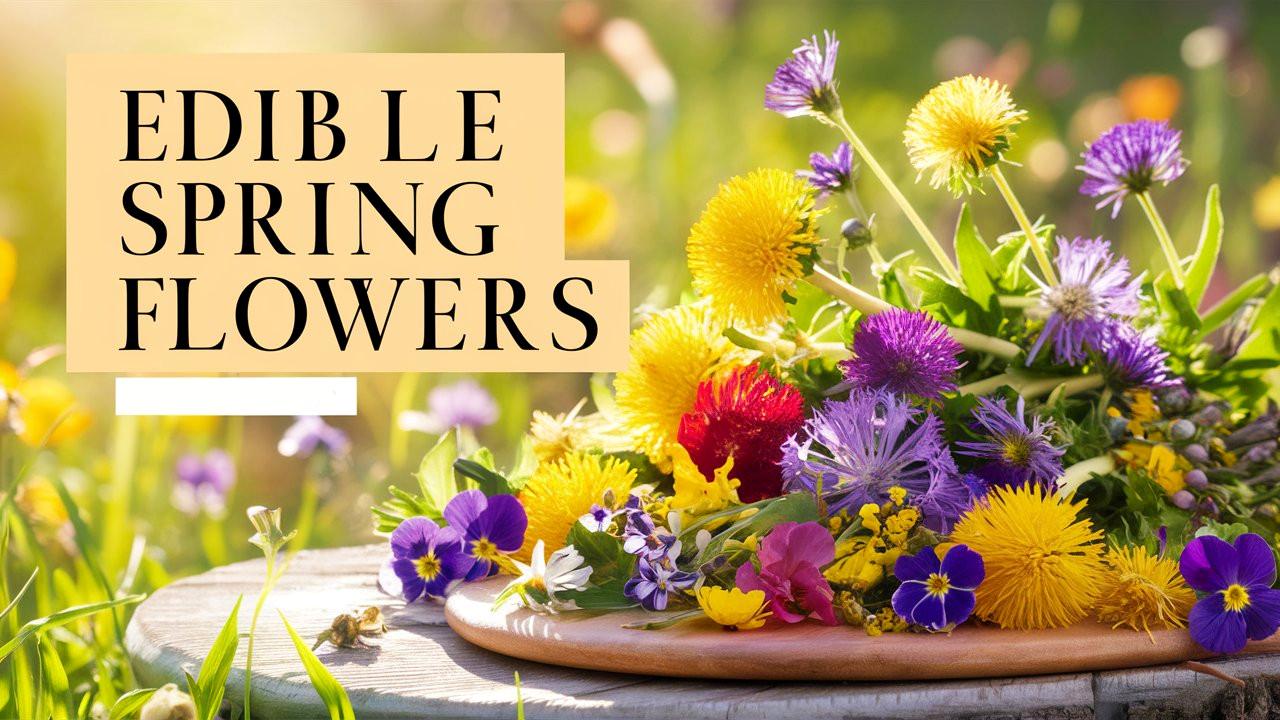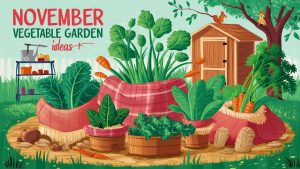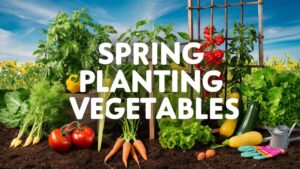As the weather warms and gardens bloom, many flowers that pop into view aren’t just pretty to look at; they’re also delightful additions to our plates. If you’re seeking to expand your culinary horizons and add a dash of color and flavor to your dishes, edible spring flowers are the perfect answer.
This post will explore a variety of edible spring flowers, offering you an informative guide to their uses, flavors, and nutritional benefits.
Nasturtium
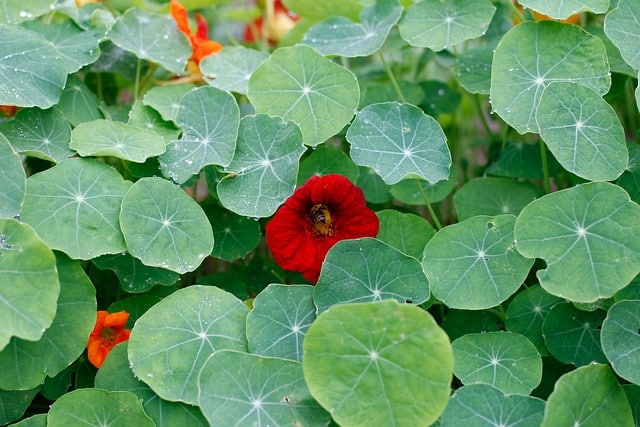
Nasturtiums are vibrant, cheerful flowers that bring a pop of color to any garden. This easy-to-grow annual is not just visually appealing; both the leaves and the flowers are entirely edible. Nasturtium petals have a peppery, slightly spicy flavor reminiscent of arugula, making them an excellent addition to salads. Their leaves, too, can be used in culinary applications, lending a zesty kick to sandwiches or as a garnish.
Beyond their taste, nasturtiums are also rich in vitamin C and anthocyanins, powerful antioxidants that promote good health. To savor their unique flavor, toss fresh nasturtium petals into a green salad or use them to decorate a plate. They can also be infused into oils or vinegars for a colorful addition to your pantry. Just be cautious if you’re allergic to mustard; nasturtiums belong to the same family and may cause a reaction.
Calendula
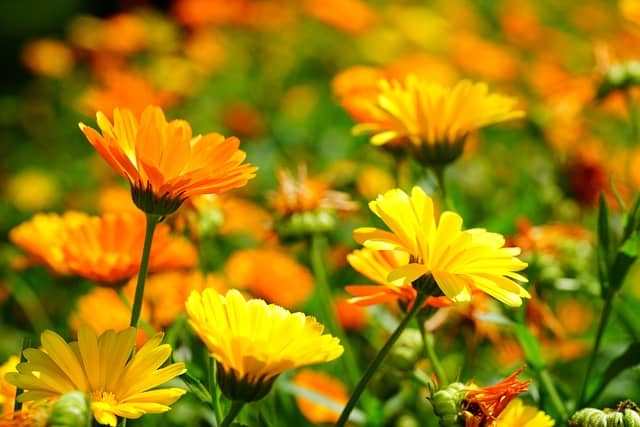
Also known as pot marigold, calendula is another vibrant spring flower worth getting to know. Often seen in gardens for its cheerful yellow and orange blossoms, calendula isn’t just ornamental; it’s edible too! With a slightly bitter, tangy flavor, calendula petals can add a unique twist to salads, soups, or herb blends.
Calendula is also renowned for its medicinal properties, making it a valuable plant in herbalism. The flowers are often used to make herbal teas and salves. When using them in cooking, you can pluck the petals and sprinkle them on dishes for a splash of color. They make a lovely addition to rice or grain dishes. Furthermore, calendula is known for its anti-inflammatory and antiseptic properties, further enhancing its appeal for those interested in natural remedies.
Borage

Borage is a striking plant that is as beautiful as it is useful. Its star-shaped blue flowers are not only gorgeous but also edible. The taste is reminiscent of cucumber, making borage flowers a refreshing addition to various dishes. You can use them to garnish cocktails, salads, or fruit bowls for that refreshing touch.
In addition to their flavor, borage flowers are known for their health benefits. They contain gamma-linolenic acid (GLA), which is beneficial for skin health and has anti-inflammatory properties. Whether incorporated into a refreshing drink or used as a bold garnish, borage offers an impressive way to elevate your culinary creations.
Dandelion
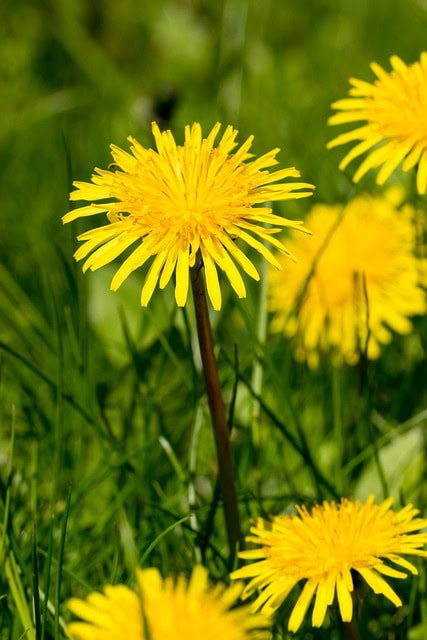
Often viewed as a pesky weed, the dandelion is a surprisingly versatile flower that offers a wealth of edible opportunities. Almost every part of the dandelion is consumable, and its bright yellow flowers bloom in abundance during spring. Dandelion petals have a sweet, honey-like flavor that shines when cooked or steeped in teas.
Dandelion leaves can be used in salads, while the roots can be roasted for a coffee-like beverage. The flowers themselves can be frittered or added to salads for extra flavor. Not only delicious, but dandelions are also highly nutritious, packed with vitamins A, C, K, and calcium. Embrace the dandelion’s potential in your kitchen and rediscover its value beyond garden lore.
Chives
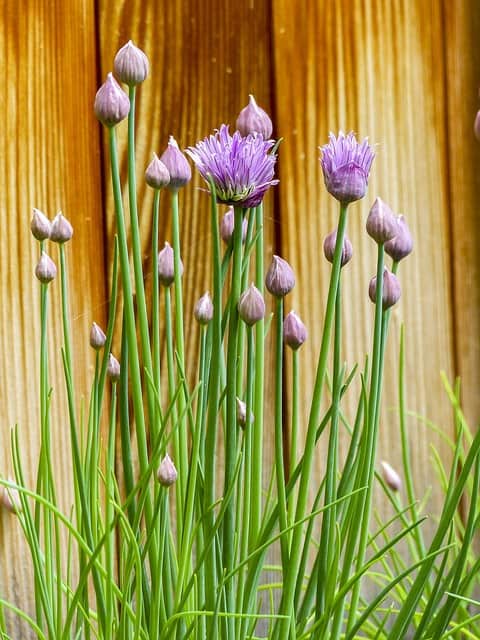
While often recognized for their green stalks, chives also produce lovely purple flowers that are completely edible. The flowers have a mild onion flavor, making them a delightful addition to a variety of dishes. You can simply snip the blossoms and sprinkle them over salads, omelets, or dips to enhance taste and aesthetics.
Beyond their culinary uses, chives contain vitamins A and C and are known for their antimicrobial properties. Chive flowers can also be infused into vinegar to create a flavorful condiment that can be drizzled over vegetables or salads. Adding chive flowers to your meals provides a gentle burst of color and a sophisticated touch.
Black Locust
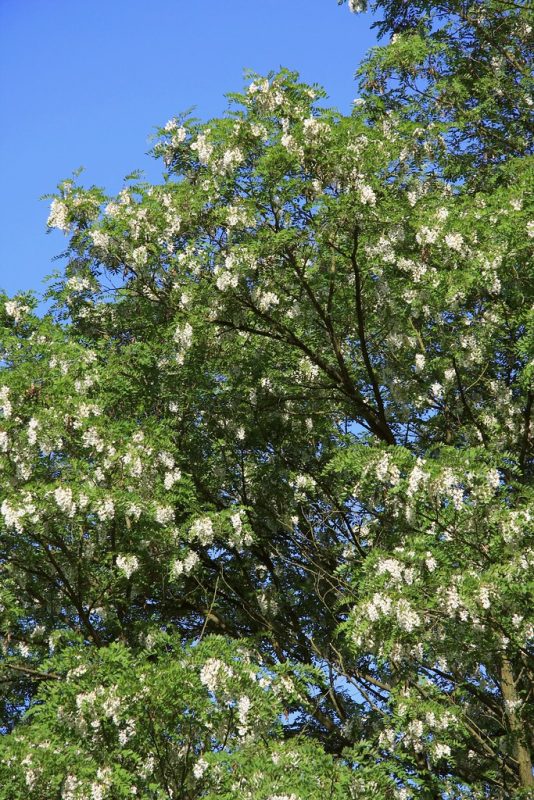
The Black Locust tree, native to North America, showcases beautiful white, fragrant blossoms in the spring. These flowers are edible and can be used in a variety of dishes. Their flavor is sweet and can be likened to that of a pea or green bean, offering a lovely texture when cooked.
Black locust flowers can be batter-dipped and fried or added to salads for a slight nutty flavor. They can also be easily infused into syrups or used in jams for a delightful, sweet treat. It’s essential, however, to consume them responsibly, as other parts of the plant may be toxic. Always source black locust flowers from safe, pesticide-free environments.
Brassicas
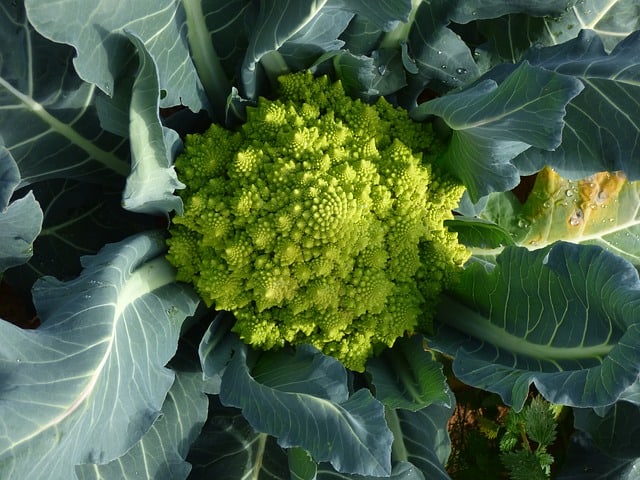
Brassicas refer to a range of flowering plants in the cabbage family, including broccoli, cauliflower, and Brussels sprouts. During the spring, these plants produce vibrant yellow flowers known as rapini or broccoli rabe flowers. These edible florets have a slightly bitter, peppery flavor that mirrors their mature counterparts.
A springtime favorite, brassica flowers can be used in salads, stir-fries, or as a garnish for grilled meats. Their bright yellow blooms also add color and flair to any dish, making a simple meal feel festive. Rich in vitamins C and K, eating these flowers not only adds flavor but also benefits your health.
Cherry
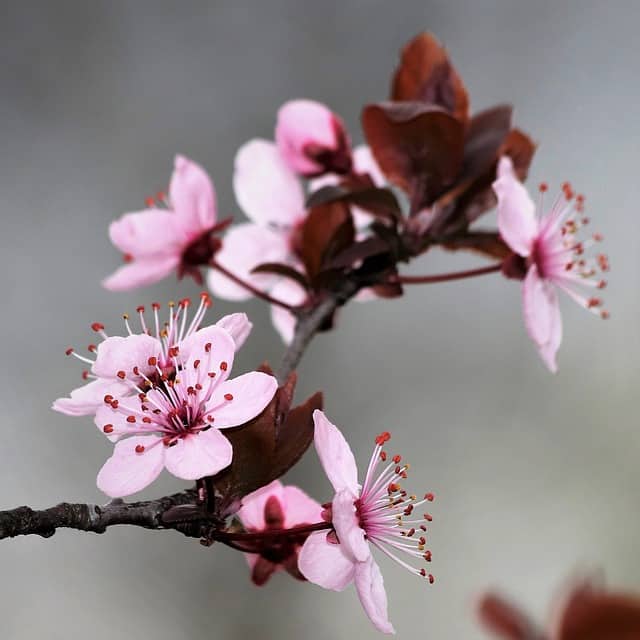
Cherry blossoms are synonymous with spring, particularly in places like Washington, D.C., where they attract many visitors during peak bloom. While the blossoms themselves have a delicate floral flavor, it’s essential to remember that the flowers should be consumed in moderation. Cherry blossoms can make an excellent addition to salads or be used as a decorative element in desserts.
In Japanese cuisine, cherry blossoms are often pickled and used in teas or sweets. The flowers must be harvested carefully, ensuring they come from trees that have not been treated with pesticides. As a seasonal delicacy, cherry blossoms embody the transient beauty of spring and can bring a taste of the season into your kitchen.
Crabapple

Crabapple trees bear small, tart fruits and produce fragile white to pink flowers in early spring. The blossoms are edible and can offer a mild, sweet flavor. They aren’t commonly used in food, but they can be added to salads, teas, or as a garnish on desserts to bring an elegant touch.
Crabapple blooms symbolize the beauty of renewal and embody the essence of spring. When used in culinary applications, the flowers add an aesthetic appeal and fragrant flavor. Just like cherry blossoms, ensure that the flowers are sourced from untreated trees to ensure your dish’s safety.
Forsythia
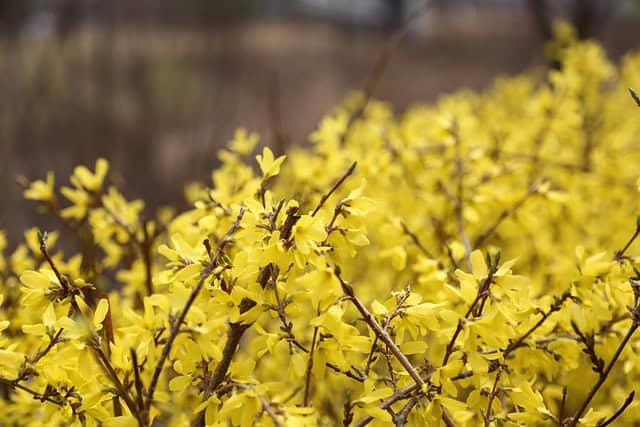
Famed for its radiant yellow blooms, forsythia flowers herald the arrival of spring. While often admired for their beauty, forsythia blossoms are also edible. Their petals offer a slightly tart taste and can be used for flavoring and color.
In culinary applications, forsythia petals can be used to create syrups or as a colorful garnish for drinks. Their vibrant yellow color can brighten any dish, reminding us of the cheerful days ahead as the season transitions. If you’re interested in experimenting, consider using forsythia flowers in a jelly for a unique treat.
Lilac
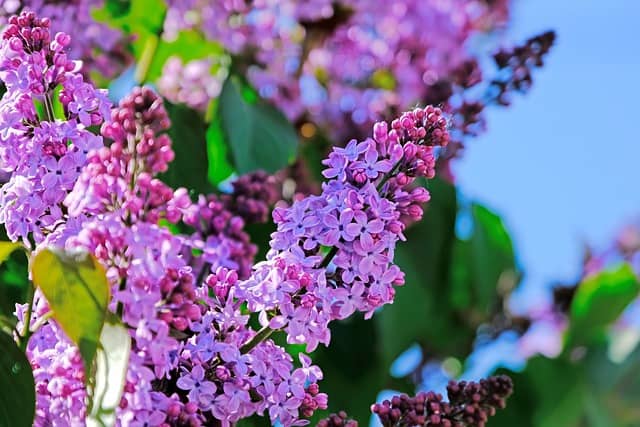
Lilacs are well-loved for their striking purple and white blossoms, often filling the air with their enchanting fragrance. Surprise! Lilac flowers are also edible! With a unique floral flavor, they make delightful additions to salads, desserts, and even cocktails.
You can incorporate lilac into your culinary creations by using the blooms to infuse syrups or create flavored sugars. The subtly sweet taste of lilac pairs well with many dishes, breathing springtime air into any plate. Plus, these flowers provide antioxidants and are rich in vitamin C, enhancing their appeal as a healthful food choice.
Magnolia
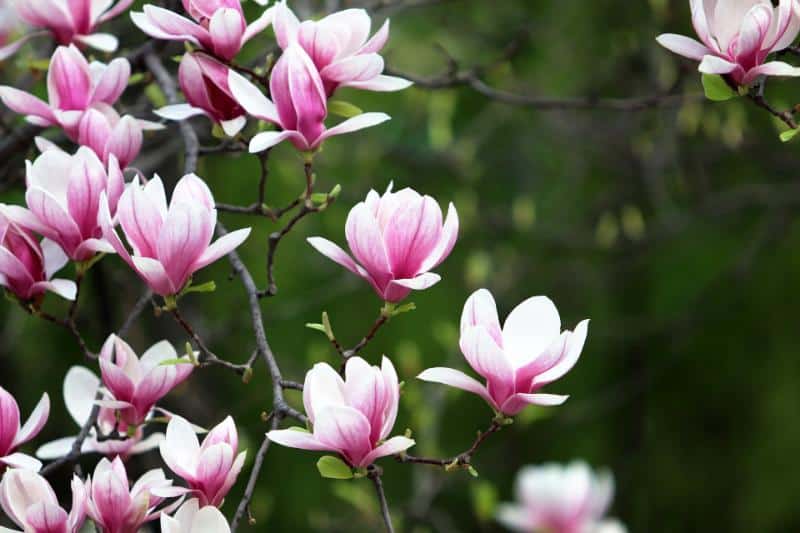
When you think of magnolia, you might picture lush trees adorned with large, fragrant blossoms. Some varieties, like the saucer magnolia, boast edible flowers. Magnolia petals have a somewhat lemony flavor and add a flourish to salads and seafood dishes.
Magnolia flowers are not only aesthetically pleasing but contain compounds with potential health benefits. Experiment with using magnolia in your kitchen by adding the petals to dishes as an aromatic garnish or infusing them into honey or vinegar for added flavor and complexity.
Maple
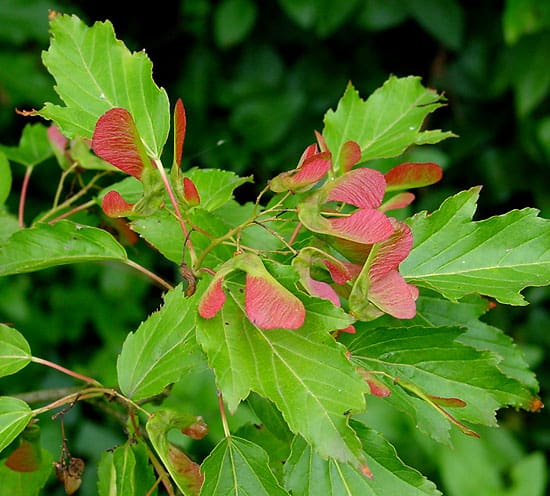
While maple trees are renowned for their syrup, their delicate, springtime flowers are also edible. These clusters of small yellow-green blooms produce a sweet flavor, making them a unique ingredient that represents early spring.
Maple flowers can be enjoyed in salads or as a flavorful garnish on sweet dishes. Additionally, they are packed with antioxidants and essential nutrients. Sourcing these flowers from untreated trees is essential to ensure their culinary safety, allowing you to explore their wonderful flavor without reservation.
Muscari
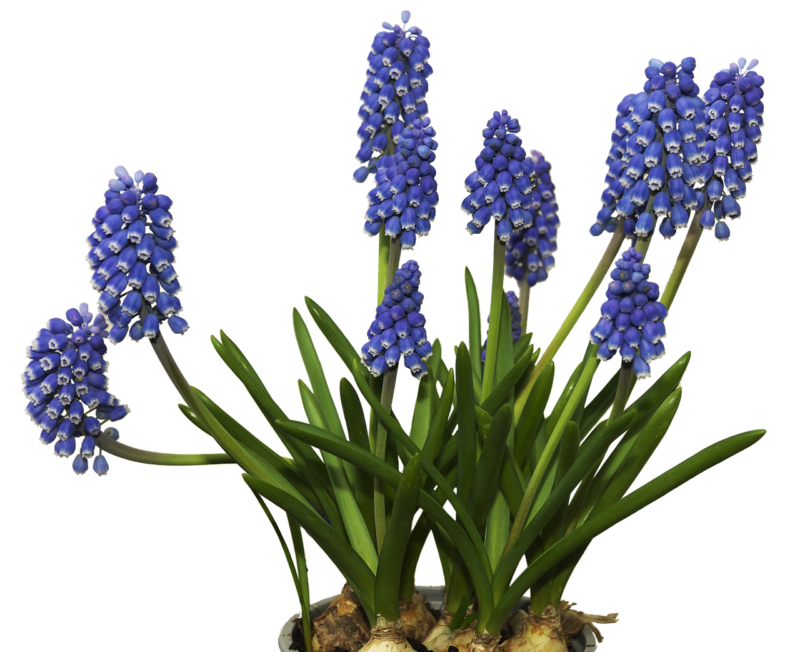
Also known as grape hyacinth, muscari blooms produce dense clusters of deep blue to purple flowers reminiscent of grapes. While beautiful, these flowers are lesser-known as edibles. Muscari flowers can have a sweet, floral flavor ideal for garnishing desserts and salads.
Though not as common in kitchens, their vibrant color can elevate any dish, connecting those who taste them to the blooms’ origin. However, caution is advised, as not all muscari varieties are edible, so before you harvest, ensure you are picking the ones safe for culinary use.
Redbud
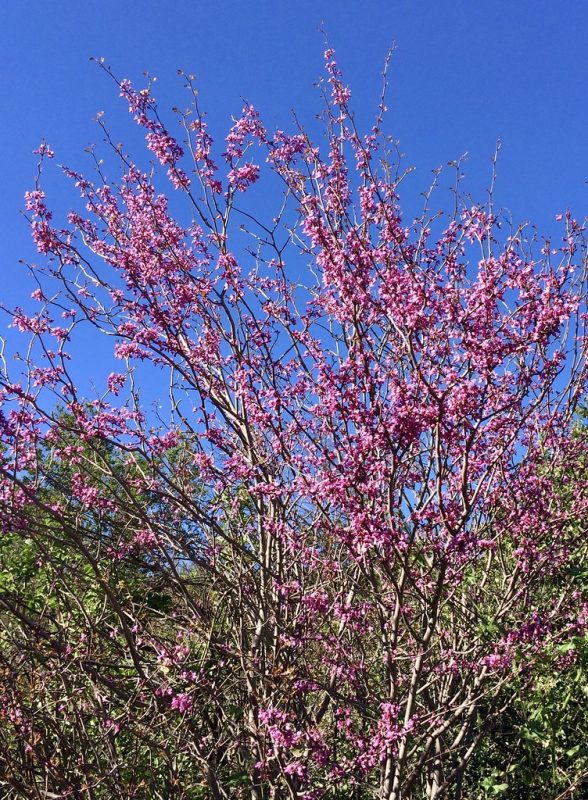
Redbud trees burst into a profusion of pink flowers in early spring, and surprisingly, these blossoms are edible! The lightly sweet yet tangy taste of redbud flowers can add a delightful zing to salads or as a garnish atop seafood dishes. They can also be candied for beautiful cake decorations.
Redbud flowers are not just pretty; they also carry antioxidant properties. Before using redbud, ensure they are harvested from trees free of chemicals for the best culinary experience. Introducing redbud blooms into your meals is a simple way to celebrate the arrival of spring.
Wisteria
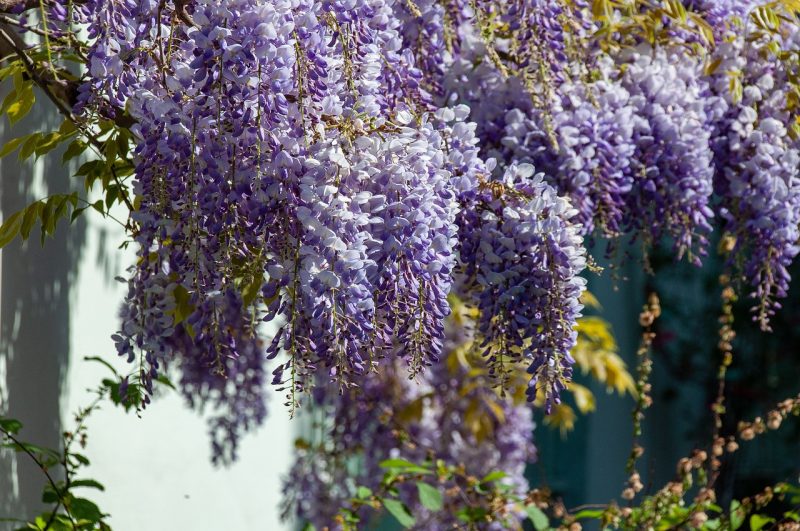
Known for their striking clusters of purple blooms, wisteria flowers are a stunning addition to any garden. Interestingly, while wisteria flowers are edible, they must be prepared correctly, as some species can be toxic. Generally, the flowers from Japanese Wisteria (Wisteria floribunda) are safe to eat.
Wisteria’s sweet, floral flavor can add a delightful twist to desserts, salads, or even beverages. You can infuse wisteria petals into syrups or teas for a touch of elegance. It’s important to do thorough research to ensure you’re using the correct variety. With the right approach, wisteria occupies a unique space in the world of edible flowers.


